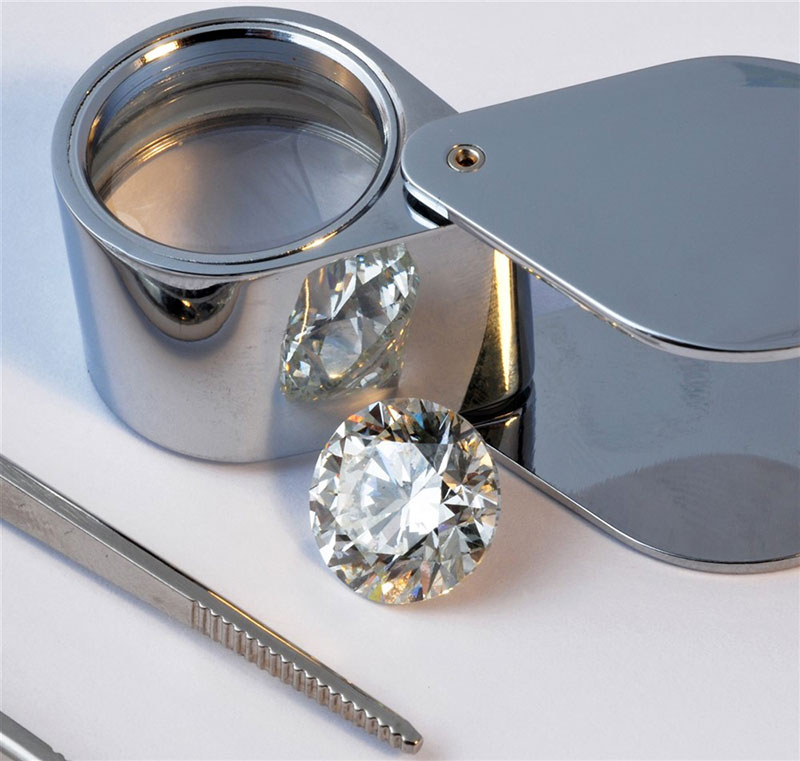How To Check Your Diamond’s Clarity | Rare Carat
Hey fam! Welcome to my knowledge session on how to check the clarity of your diamond… in which we will learn how to check the clarity of your diamond! Okay but really, diamond clarity is huge. Some of the biggest price differences in diamonds are tied directly to one step in either direction on the clarity grading scale. Clarity is one of the 4C’s that we use in grading, and pricing, of diamonds (cut, color, and carat weight being the other 3). It is one of the most important grading factors because it has such a heavy influence on pricing. The clarity scale is mainly based on internal clarity characteristics, and these inclusions are usually on a microscopic level. Because these features are so small, it can be a challenge for us at home to know for sure what our clarity level is. For reference, and for your own betterment, this is how the grading scale is broken down…

So how can we check microscopic clarity you ask?
The easiest answer is to hope there is a grading report that goes with the diamond (all of the diamonds listed on Rare Carat come with a grading report)… and if there is, then your clarity grade will be clearly stated. It also works in reverse where you can send your diamond into a lab to get an official diamond report on your beautiful gem. Boom bam done!

Okay but let’s say our good karma just isn’t enough for us to already have a report… we are then going to need a microscope or a loupe. But even if there is a microscope, without training you probably won’t know what you are looking at anyways, so that’s super helpful. Taking it to someone who IS trained could always be an option though. I’m sure your friendly neighborhood jeweler or gemologist would be glad to take a look for you and answer any questions you might have.

Realistically, the only thing we can do ourselves is to look at the diamond and see if there are any eye-visible clarity characteristics.
Inclusions become visible without magnification around the SI1 grade, although not all SI1 diamonds have noticeable clarity features per say. So, look at your diamond directly in the eyes and see if you spot anything. If you do, the question is how big and how many? If it takes you a minute but you see something small and off to the side, you are probably in the SI1 range. If you can see a few minor but obvious inclusions that are dark or living near the center of the stone, it is probably an SI2. Any diamond with super obvious, numerous inclusions when looking at it will fall into the I range (I1, I2, or I3). If you try as hard as you possibly can, yet cannot see a single thing, your diamond could be anywhere from flawless (can we be besties??) to a VS2. It really is impossible to tell at this point without magnification, a report, or a diamond pro.
I know this isn’t the most scientific method on to how to check your diamond’s clarity, but it is definitely the best at home option. A well lit area or a good light source is important, take your time, and use your tiny detail oriented eye. You got this!

